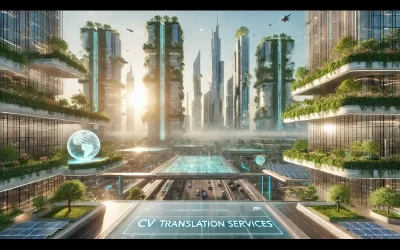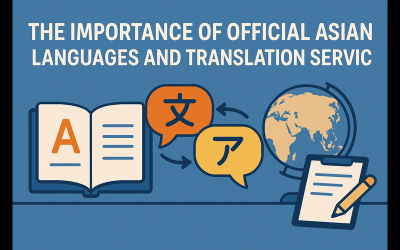Before diving into technical translation and the various types of technical translation that exist let’s go over the overarching concept of Translation Agencies. Translation Agencies are often referred to as “Language Service Providers” or “LSPs”. These agencies, such as Protranslate, offer a multitude of services in regards to translation, interpretation, localization and more. Within one of these services is, as I’m sure is no surprise given the title of this article: Technical Translation.
What is Technical Translation?
Technical Translation can actually be understood in two different ways. In the first way as its broadest definition, it is translating “technical” documents which consist of technical terminology. This could include instruction manual translation, internal notes, financial reports, or even require user manual translation services etc. Essentially any document that would be specific and relevant to a limited audience. The second type of technical translation is any document related to “technical subjects”. Meaning: Engineering, IT, mechanics, industrial text, etc. This is a more literal understanding and this type of translation would require an expert. Someone knowledgable in the field and familiar with the terminology used in the sector.
Making it a little more complicated:
Of course, it wouldn’t be any fun if there weren’t some additional levels to this type of translation. For example, there is also a technical-scientific translation. This is, of course, the translation of a document relating to any scientific process but from a technical, instruction side. Ie. Manuals etc. This would of course also require the translator to be an expert in the topic, familiar with the terminology, and a native in both languages. Given the strictness of these types of documents, a qualified translator is essential.
Breaking it down:
Now that we have talked a little bit about technical translation and the various forms it has, let’s get down to the specifics. When would you need/use technical translation and what would it look like. One scenario would be O&M Manual, or Operations & Maintenance Manual Translation. Firstly, the manual itself before translation is extremely important. It is almost always required for construction projects and exists as a source of information for the owner or building manager of a building after construction has been completed. It is essentially a dictionary and playbook in one with all information regarding the layout of the building, systems, procedures, operations, how to operate equipment and order material, etc.
Technical translation will even go into such specifics as the gears, generators, fire alarms, security and more. It will also include warranties, inspection certificates etc. It is the holy bible of running a building. This allows the owner or manager to operate and run the building with ease without having to call a contractor, plumber electrician, etc. for every issue that pops up. So, I think it is clear now that when it comes to translation everything needs to be perfect. One wrong mistake could lead to jeopardizing the security of a building and thereby the security of the people in it!
The Wrap Up:
So, should you be looking for translation services for technical documents we hope that firstly you feel a little more educated on the topic and ready for what you need next. And secondly, you know that Protranslate is a language service provider that can handle all technical document translation in addition to other forms of technical translation such as our technical proofreading services, as well as our terminology management. So reach out today and don’t hesitate to ask any questions!
Certified Translation Services
Get your documents translated and certified by a professional translator in 120+ languages with 24 hour delivery.
Get a Quote Rana Maalouf
Rana Maalouf

